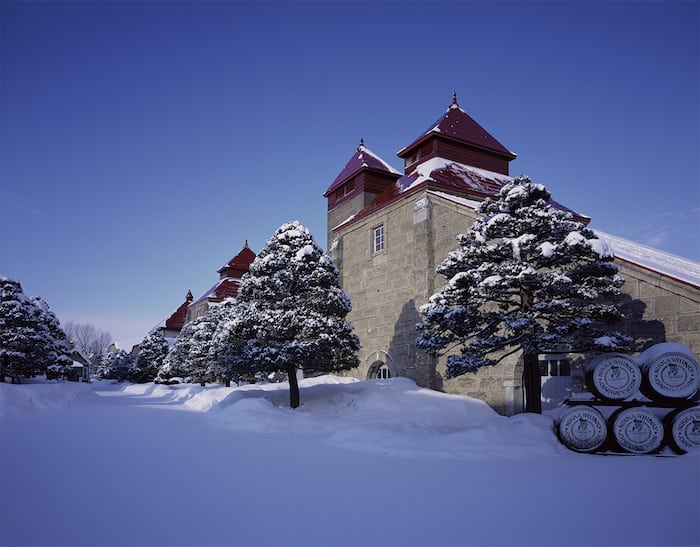On a grey and rainy fall day in Los Angeles, I attended a Nikka Whisky tasting event at the Everson Royce Bar hosted by Hiroyasu Kayama from Bar BenFiddich in Shinjuku, Japan.
Founded by Masataka Taketsuru, a descendant of a long line of sake brewers dating back to 1733, the Nikka brand was born out of a historical education and love of Scotland. Taketsuru was the first Japanese to study the art of making whisky at the University of Glasgow. While studying chemistry and blending, he quite literally took a piece of the country home with him: his wife, Rita Cowan. Eventually, he built Yoichi Distillery on Hokkaido, Japan’s northernmost island, to carry out the traditional Scottish ways of distilling. Officially founded in 1934, the first bottle of Nikka whisky was released in 1940.

The impressive, romantic history aside, I was focused on the spirits, and the cornerstones of the Nikka brand impressed right off the bat. With peaty notes reminiscent of an Islay Scotch, but with a distinct pear and plum finish, Yoichi Single Malt was my standout favorite from Nikka’s offerings.
The Miyagiko Single Malt, originating from Nikka’s second distillery, is much more elegant, as it is distilled in a pot still heated by indirect steam (as opposed to the direct coal-fired distillation process used to make Yoichi). Finally, the Taketsuru Pure Malt is a marriage of the latter two: A gentle, well-balanced flavor that dares to experiment with any and all methods of aging (Nikka has used everything from American oak to sherry butts). Though billed as Nikka’s best entry point for new patrons, it certainly doesn’t nullify the need for Yoichi and Miyagiko.
Not to be forgotten are Nikka’s two unconventional offerings: Nikka Coffey Malt, and Nikka Coffey Grain. Both named after the continuous Coffey stills patented by Aneas Coffey in the 1930s, these products are both made with continuous distillation. The Coffey Grain Whisky, a grain whisky “typically used for blending, but rarely bottled on its own,” is rich with tropical fruit flavor without being too sweet. Likewise, the Coffey Malt offers richer cinnamon and tobacco notes from its malted barley bill. Though both were appropriate for use in cocktails, the Coffey Malt would probably be the only one of the two I would sip.
The triumvirate of Nikka’s whiskies were carefully and consciously paired with small bites intended to create a quasi-cocktail-in-your-mouth. Known as “kochuchomi” in Japan, the Yoichi was paired with leaf of sage topped with honey acacia and pink peppercorn; a leaf of mint coated in powdered sugar met the Pure Malt (think Japanese Mint Julep); and finally, the Miyagikyo was accompanied by a halved red grape dressed in caramelized brown sugar and cinnamon powder. Admittedly, Kayama said this was not something he offered at his world-renowned whisky bar, but felt it appropriate to accompany Nikka’s distinct flavors (and certainly provided a lot of inspiration to everyone in the room as to how they reflected on flavors).
Nikka’s offerings are all well-balanced, and make excellent go-to whiskeys for drinkers of all persuasions. And while the bells-and-whistles that accommodated each dram certainly amplified my experience, the truth is, they’re not necessary. As Nikka moves to leave its impression on the west, fans of Japanese whisky and newbies alike should embrace them with open arms.



